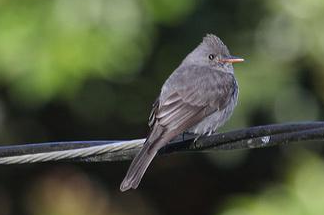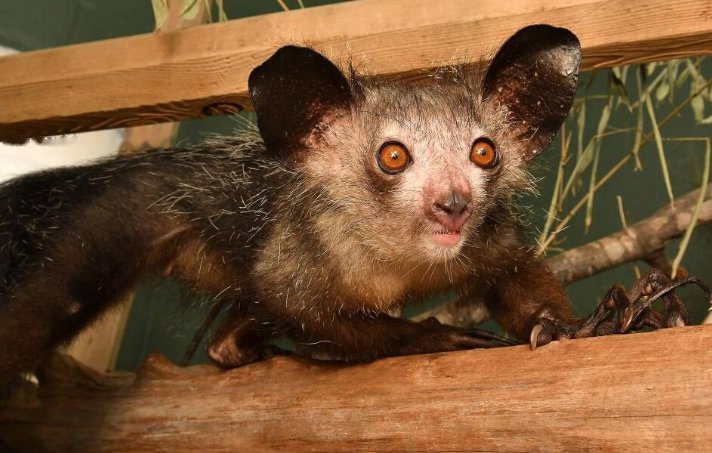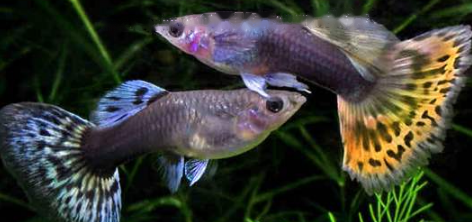Guys, do you know the giant gecko? I believe that many people answer no, after all, it is not common in life. But it doesn't matter, today I will tell you about it from five aspects. Let's take a look~
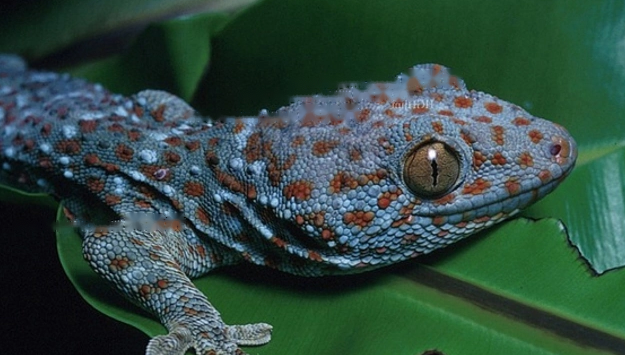
I. Basic information
【Chinese name】big gecko
【Latin name】Gekko gekko
【English common name】Tokay gecko
[Another name] Toad Gecko, Fairy Toad, Dogge, Crab
[Kingdom] Animalia
[Door] Chordate
【Subphylum】Vertebrate Subphylum
【Class】Reptiles
【Subclass】Diporia
【Order】Lizards
[Suborder] Snake suborder
[Family] Geckoidae
[Subfamily] Gecko subfamily
[Genus] Gecko
【Species】Great Gecko
【Named】Linnaeus
【Named】1758
【Subspecies differentiation】Large Bengal subspecies of gecko and named subspecies of gecko
II. Main distribution
The distribution range of gecko is wide, both at home and abroad. Abroad, it is mainly distributed in Bangladesh, Indonesia and the Philippines; in China, it is mainly distributed in Guangdong, Guangxi, Fujian and Yunnan.
III. Appearance characteristics
The body length of the giant gecko can reach 30 cm. The head is large, close to a triangle; the body is relatively flat; the tail is the same length as the head and the body, or even longer; the limbs are moderate in length and the toes are flat.
The back is brick gray, dark gray, gray-blue or blue-black, etc., with some orange and blue-gray spots; the abdomen is gray-white with pink markings; the tail is dark and light There are small scales all over the body, and some larger wart scales are also mixed.
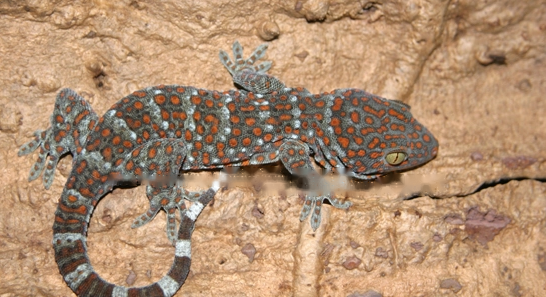
Four. Habits
1. Habitat
Great geckos mainly live in woods, open areas, mountains and deserts, and they often stay in rock crevices, stone holes or tree holes rest inside. Because their eyesight is poor and they are afraid of strong light stimulation, they usually only come out at night.
2. Dietary habits
The gecko mainly feeds on insects, such as grasshoppers, moths, mealworms and silk moths.
3. Tail docking
Like ordinary geckos, the tail of the giant gecko is easy to break, but it can also grow back.
4. Breeding method
The breeding method of the giant gecko is oviparous, and the breeding time is from May to June every year. The peak egg-laying period of female geckos is from June to July each year, and they can lay 2 eggs at a time. The eggs hatch in 35-45 days.
PS: It is understood that after the first ten days of August in Guinan area of Guangxi, the eggs produced by the giant gecko will not hatch until March of the next year, and the time is 198-205 days.
V. Protection level
The number of giant geckos is gradually decreasing and has been recorded in a number of protection lists, as follows:
1. China Red Book of Endangered Animals, which is endangered.
2. On January 14, 1989, the List of National Key Protected Wild Animals jointly promulgated by the Ministry of Forestry and the Ministry of Agriculture of the People's Republic of China listed the giant gecko as a national class II protected animal.
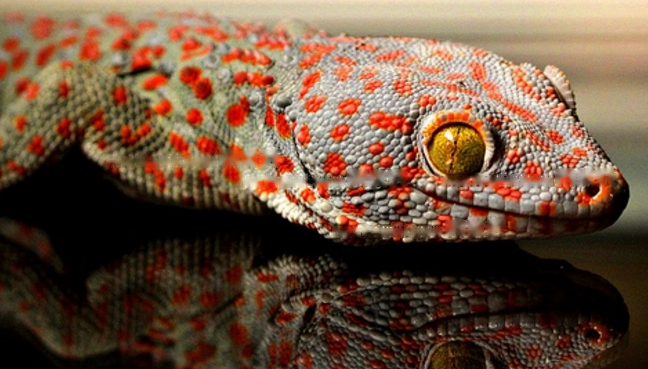
Okay, the above is the big one All about Gecko! Do you guys understand?
![[Original] Sharing of popular science knowledge of ringed map turtles](/static/img/11249/11249_1.jpg)




